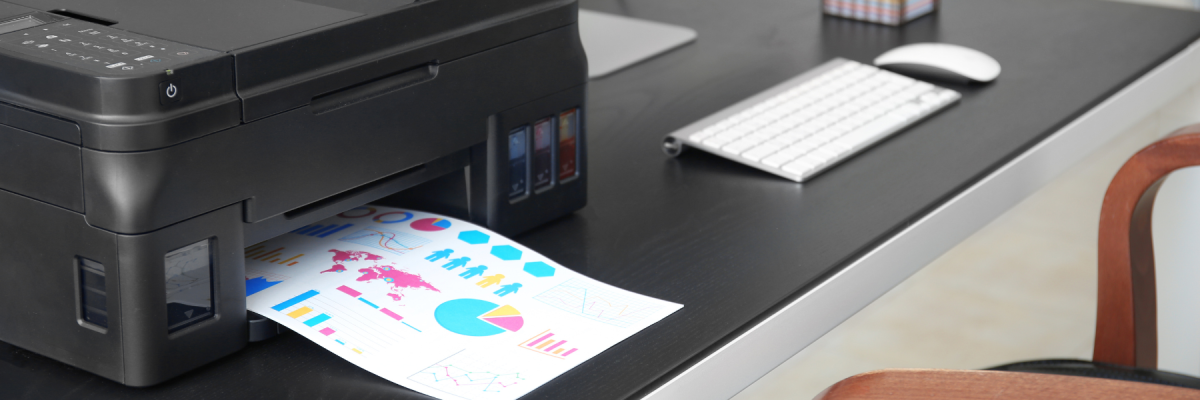
Multifunction printers (MFPs) are a staple in most offices, but they’re also a potential security risk. While many organizations focus on cybersecurity, physical printer security often gets overlooked. The result? Sensitive documents sitting in trays, unauthorized access to scan or fax functions, and zero accountability for what’s been printed.
Here’s how to tighten physical security around your print environment before it becomes a liability.
The Risks of Uncollected Documents
One of the most common issues: printed pages left sitting in the output tray. It may not seem like a big deal—until someone accidentally picks up a document with sensitive financial data, HR information, or client records. For businesses handling confidential materials, this is a clear risk.
No Authentication = No Control
Printers that don’t require user authentication or secure release are open to misuse. Anyone can walk up, hit print or scan, and walk away with sensitive info—often with no record of who accessed it. This becomes even riskier in offices with shared or public printers.
Common Oversights
- Public access to scan or fax features
- No audit trail or user logs
- Forgotten documents on glass or in output trays
Without a security plan, these small oversights can add up to serious data exposure.
Best Practices for Physical Printer Security
- Enable secure release or pull printing so documents only print when the user is present
- Use password protection or ID badges to authenticate users
- Run regular audits of usage logs and device access
- Position printers in monitored or controlled areas to reduce walk-up risks
Concerned about print security in your office? Contact us to secure your print environment and protect your sensitive information.
